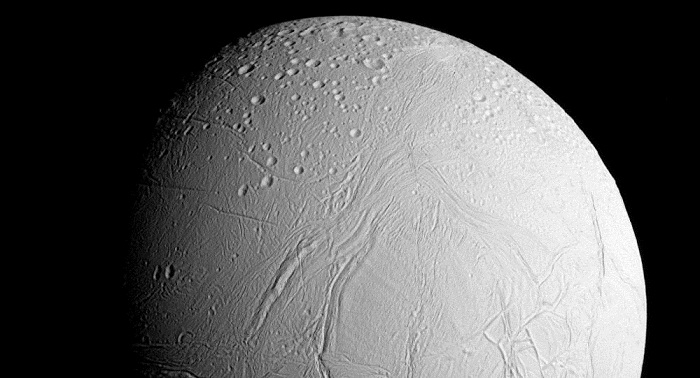The photographs show that the moon is still geologically active, meaning that NASA will consider the moon for further exploration as a habitable environment beyond Earth. The Cassini spacecraft will also send probes of the moon`s gas and ice plume to analyze it for signs that the moon harbors signs of alien life.
"Cassini`s stunning images are providing us a quick look at Enceladus from this ultra-close flyby, but some of the most exciting science is yet to come," said the mission`s project scientist Linda Spilker.
Enceladus is relatively small compared to Earth: it has a diameter of 500 kilometers (313 miles) compared to Earth`s roughly 12,740 kilometers; Earth`s own Moon is 3,474 km wide. It also has a surface gravity that is around 100 times less than Earth`s.
The moon`s water-based nature and geological activity could mean that it is suitable for habitation by alien lifeforms.
The Cassini-Huygens mission is a cooperative project between NASA, ESA (European Space Agency) and the Italian Space Agency which was launched in 1997.
More about:
















































